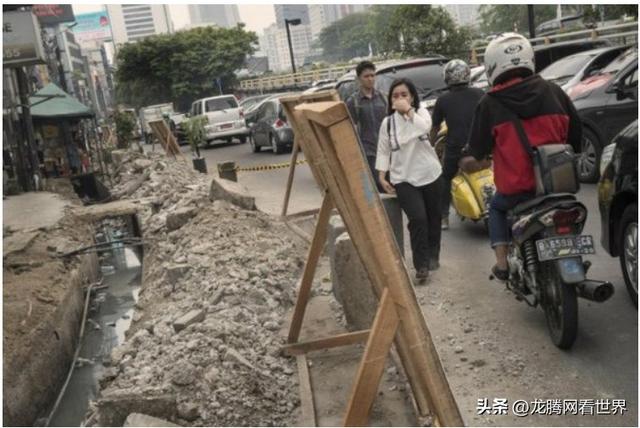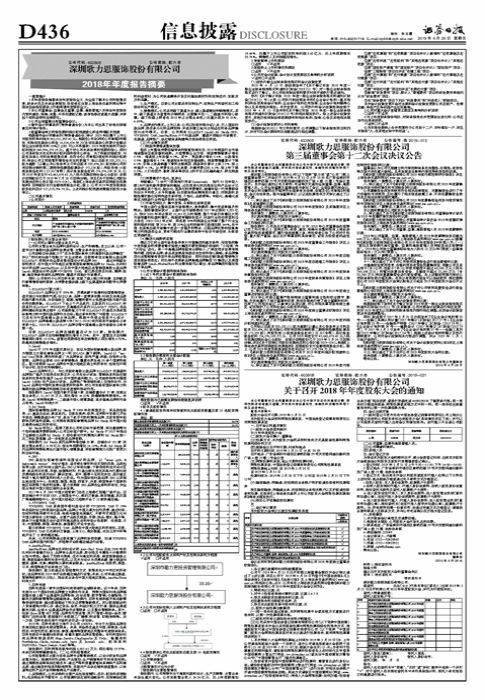【龙腾网】在效仿美国城市规划和交通设计的印尼,步行是件难事
正文翻译
Indonesia has a very American approach to public infrastructure: it subsidises and promotes private car usage and ownership, which is a result of slow but sure reform by the elites educated in the wrong western country (usually the car-dependent English speaking ones, instead of the more regular European ones).
As a result, here is our pedestrian facility:
印尼在公共基础设施建设上采取了非常美国式的做法:它补贴并促进私家车的使用和拥有,这是在错误的西方国家(通常是依赖汽车的说英语的国家,而不是更普通的欧洲国家)接受教育的精英们缓慢但肯定的改革的结果。
因此,这里是我们的行人设施:

A guide for blind people that leads to danger.
指引盲人走向危险的向导(盲道)。

There is no rule, especially for motorcyclists in big cities, they can go everywhere they want.
没有规则,尤其是大城市的摩托车手,他们可以去任何他们想去的地方。

It literally doesn't want you to walk.
它真的不想让你步行。
原创翻译:龙腾网 http://www.ltaaa.cn 转载请注明出处

The officials and people who can afford it, always rely on their privileges, so a thing like this is never a problem for them.
至于能负担得起的官员和百姓,总是依靠他们的特权,所以这样的事情对他们来说从来都不是问题。
原创翻译:龙腾网 http://www.ltaaa.cn 转载请注明出处
Of course, these are rich people and government officials who sent their kids to US, a car lobbyist infested country that of course is going to promote car-oriented development.
当然,这些都是把孩子送到美国的富人和政府官员,美国是一个充斥着汽车说客的国家,当然会促进以汽车为导向的发展。
Turns out wide streets and spacious parking lots don't generate enough tax income per square foot, causing American towns to go bankrupt one by one.
事实证明,宽阔的街道和宽敞的停车场并不能为每平方英尺产生足够的税收收入,导致美国城镇一个接一个地破产。
This in turn, is copied by Indonesia, especially the major cities, which most of its foreign-graduate property designers and conceptors really took deep inspiration from the good old US of A.

结果,这一点也被印度尼西亚效仿,尤其是在主要城市,大多数外国毕业生的房地产设计师和概念设计师确实从美好的古老的美国(非正式用语)获得了深刻的灵感。

Oh yeah, and don't forget about the Sweet Sweet Home Alabama.
哦,对了,别忘了阿拉巴马甜蜜之家。
原创翻译:龙腾网 http://www.ltaaa.cn 转载请注明出处
And of course, all of these will be made to be car-dependent. I mean, sure, you can walk around the neatly-themed developments, but it will be poorly integrated with public transit, that it requires private vehicles to reach the area.
当然,所有这些都将依赖于汽车。我的意思是,当然,你可以在这些主题巧妙的开发项目周围走走,但它将与公共交通系统很差地结合在一起,它需要私人车辆才能到达该地区。
Here is why Indonesians do walk when in, let's say Tokyo:
以下是为什么印尼人在东京会步行:

It is from the land that produces some of the best cars on planet earth, yet they encourage you to really walk in their major cities.
We also walk in Singapore, simply because their towns are heavily integrated with mass transit, and Singapore doesn't want you to drive. Its vulnerable energy supply chain would be in ruins if they were choked out of oil supply, which makes sense why they try to minimise fossil fuel dependence as much as possible.
它来自生产地球上最好的汽车的土地,但他们鼓励你在他们的主要城市真正步行。
我们也在新加坡步行,只是因为他们的城镇与公共交通高度融合,而新加坡不希望你开车。如果他们的石油供应被扼杀,其脆弱的能源供应链将会被摧毁,这就是为什么他们试图尽可能减少对化石燃料的依赖。
This creates a habit: and Indonesians will generally comply. Yeah, we will walk when the area is nice for pedestrians.
But back home, even my neighbourhood seemed to be confused with how to make the street safe for walking or safe for luxury car owners to avoid embarassment and scraping their fenders.
这就形成了一种习惯:印尼人通常会遵守。是的,我们会在这片区域适合行人的时候步行。
但在我的家乡,就连我的邻居似乎也感到困惑,不知道如何让街道变得安全,既能让人们安全地走路,也能让豪车车主避免尴尬和刮伤挡泥板。
Where is the sidewalk? Is the entire street a sidewalk?Then how do you tell bad-behaving neighbourhood motorcyclist and car drivers to prioritise walkers and children playing on street?
Speed limit?Nobody does below 20 kph in this area.
The fact is: they don't really want you to walk here.
No, Indonesians will definitely walk if they have to, just take a look at this:
人行道在哪里?整条街都是人行道吗?那么,你如何告诉行为不佳的社区摩托车手和汽车司机优先考虑步行者和在街上玩耍的孩子?
速度限制吗?在这个地区没有人时速低于20公里。
事实是:他们真的不想让你在这里走路。
不,如果有必要,印尼人肯定会步行,看看这个:

Still more walkable than most places in Jakarta.
还是比雅加达的大多数地方更适合步行。





















评论